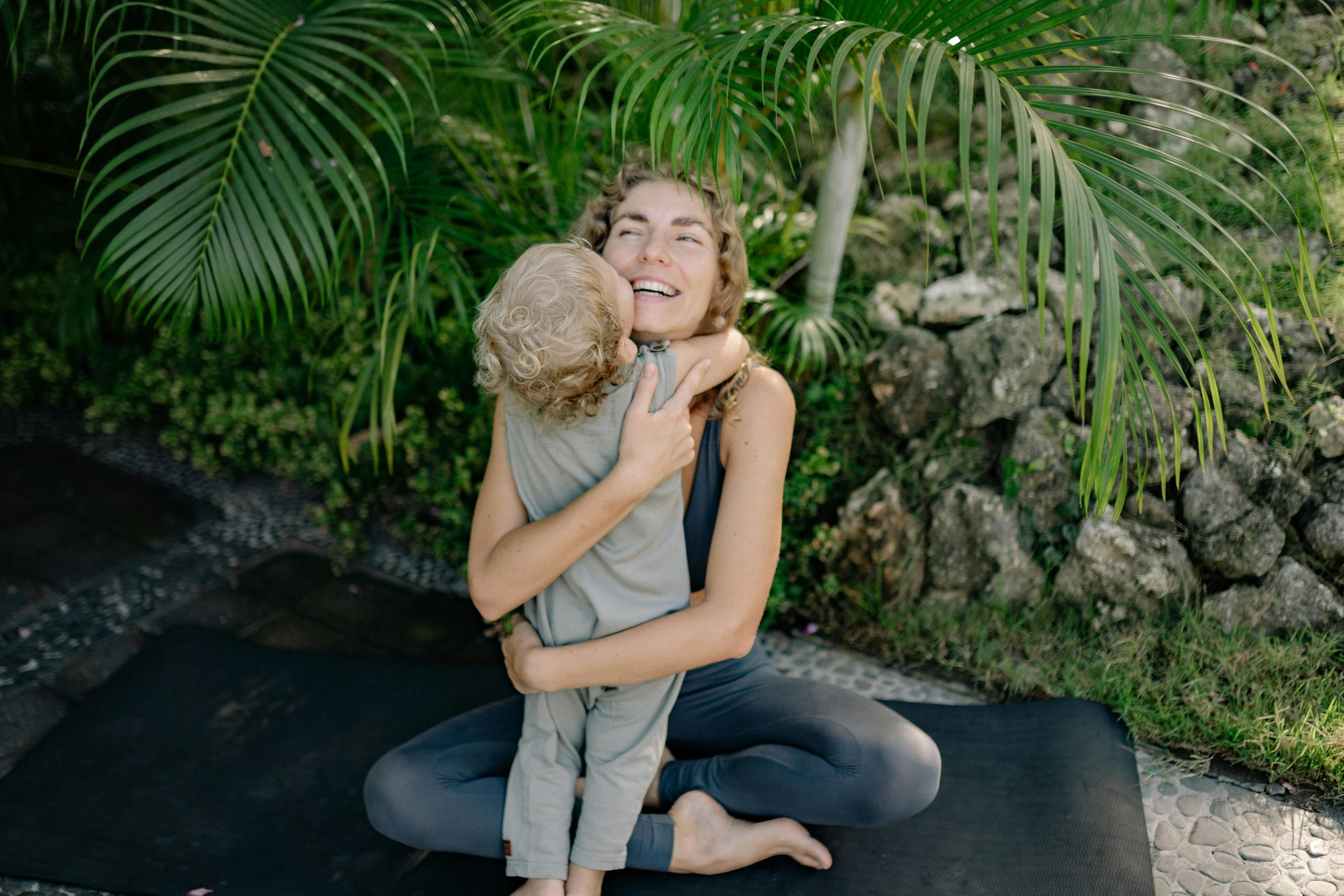Health and Wellness Education for the Whole Child
In today’s fast-paced world, it’s important to prioritize our health and well-being. This is especially true for children, who are often bombarded with academic and social pressures. As parents and educators, it’s our responsibility to ensure that the next generation is equipped with the necessary tools and knowledge to make healthy choices. That’s why health and wellness education for the whole child is crucial. This comprehensive approach not only focuses on physical health, but also mental, emotional, and social well-being. In this article, we will explore the importance of health and wellness education for children and how it can positively impact their overall development.
The Importance of Health and Wellness Education for Children
Children are growing and developing at a rapid pace, both physically and mentally. The habits and behaviors they form during their formative years can have a lasting impact on their overall well-being. By providing children with a strong foundation of health and wellness education, we are setting them up for a lifetime of good health and happiness.
Physical Health
One of the main focuses of health and wellness education for children is physical health. It’s no secret that a healthy and active lifestyle can prevent numerous health problems such as obesity, heart disease, and diabetes. By teaching children about the importance of regular exercise and a balanced diet, we are instilling healthy habits that they can carry with them into adulthood.
Physical education (PE) classes and sports teams are great ways to get children moving and introduce them to different forms of physical activity. Additionally, nutrition education can teach children about making healthy food choices and the importance of portion control. These lessons not only benefit their physical health, but also their academic performance, as studies have shown a positive correlation between physical activity and academic achievement.
Mental and Emotional Well-being
In today’s world, children are also facing a great deal of stress and pressure. From academic expectations to social media influence, it’s not uncommon for children to experience anxiety and other mental health issues. Health and wellness education can provide children with coping mechanisms to deal with stress and promote positive mental and emotional well-being.
Activities such as mindfulness and yoga can help children learn how to manage their emotions and reduce stress. Additionally, teaching children about the mind-body connection can help them understand the importance of taking care of their mental health just as much as their physical health.
Social Well-being
A well-rounded health and wellness education also includes lessons on social well-being. This includes teaching children about healthy relationships and communication skills. Bullying and peer pressure are unfortunately common in schools, but through education and awareness, we can help prevent these issues and create a positive and inclusive school environment for children.
By promoting empathy, respect, and kindness, children can learn how to build strong and healthy relationships. These skills are essential not only for their social well-being, but also for their future personal and professional relationships.
Incorporating Health and Wellness Education into the Curriculum
Health and wellness education should be an integral part of a child’s overall education. It’s important to not only provide theoretical knowledge, but also practical opportunities for children to apply what they have learned. This can be achieved through various means such as class discussions, hands-on activities, and guest speakers.
In addition, schools can also prioritize health and wellness by incorporating it into their policies. For example, implementing a fruit and vegetable snack program, encouraging active transportation to school, and promoting a screen-free environment during lunch breaks are all simple but effective ways to promote healthy habits among students.
The Role of Parents and Educators
Aside from schools, parents and educators also play vital roles in promoting health and wellness education for children. Parents can lead by example and make healthy choices themselves, while also providing a supportive and nurturing environment for their children’s well-being. Educators, on the other hand, can incorporate health and wellness topics into their lesson plans and serve as positive role models for their students.
Collaboration between parents and educators is also key in promoting health and wellness education for children. Together, they can create a holistic approach that supports and reinforces healthy habits and behaviors in children.
In Conclusion
In today’s fast-paced and hyper-connected world, health and wellness education for the whole child is more important than ever. By incorporating it into the curriculum and partnering with parents, we can provide children with the necessary knowledge and skills to make healthy choices and live happy and fulfilling lives. Let us strive to be advocates for children’s health and well-being, and invest in their future one step at a time.







